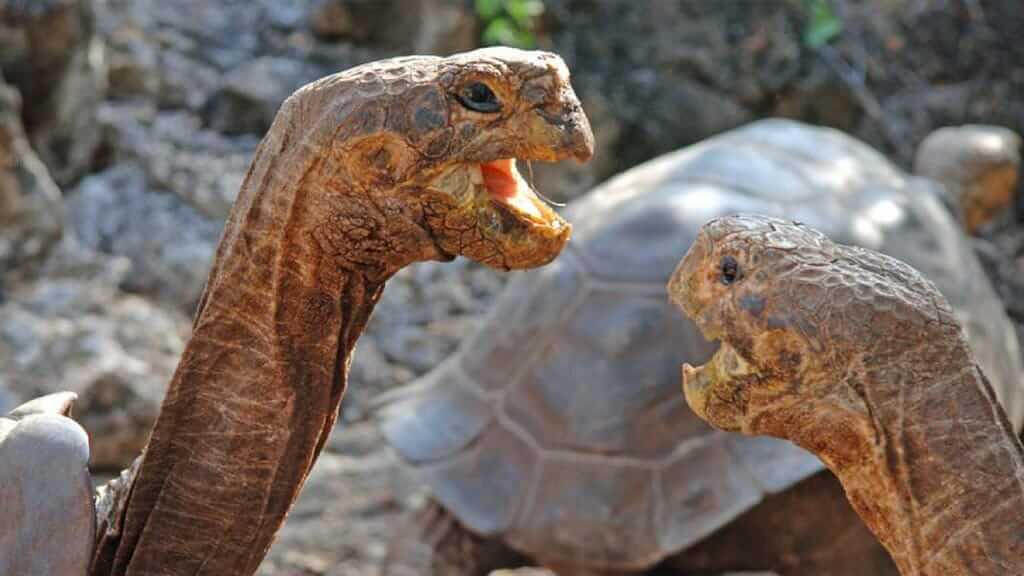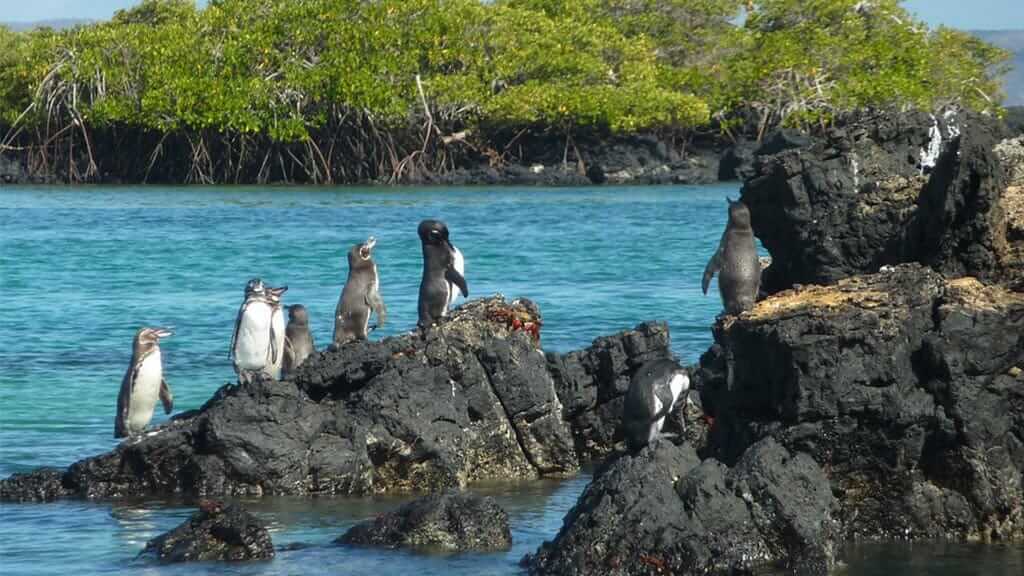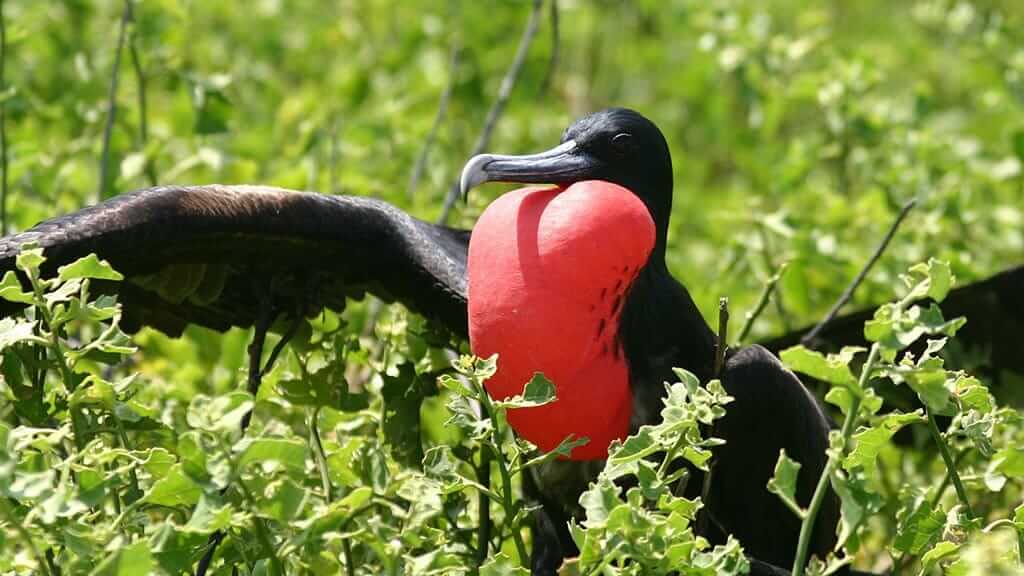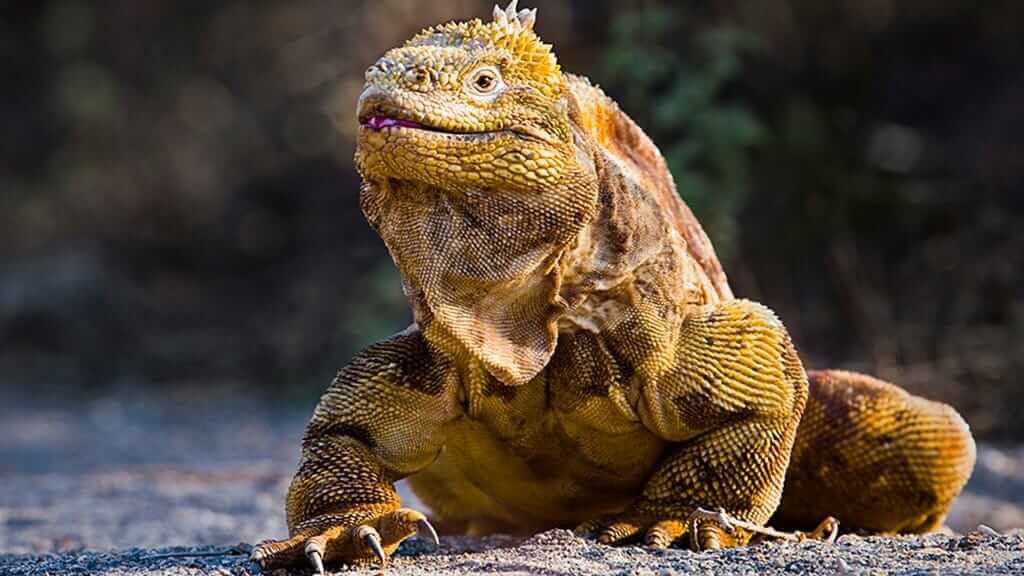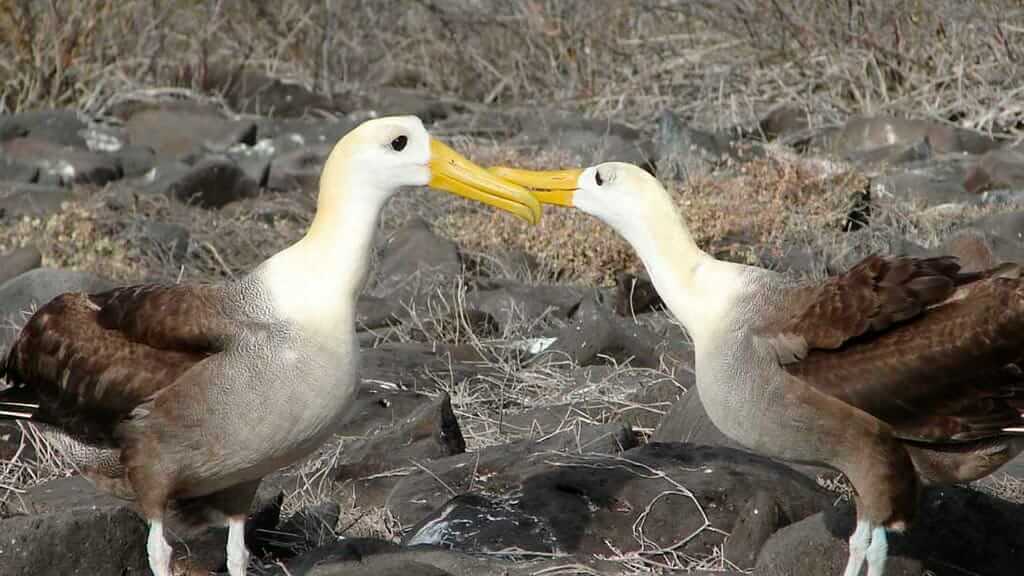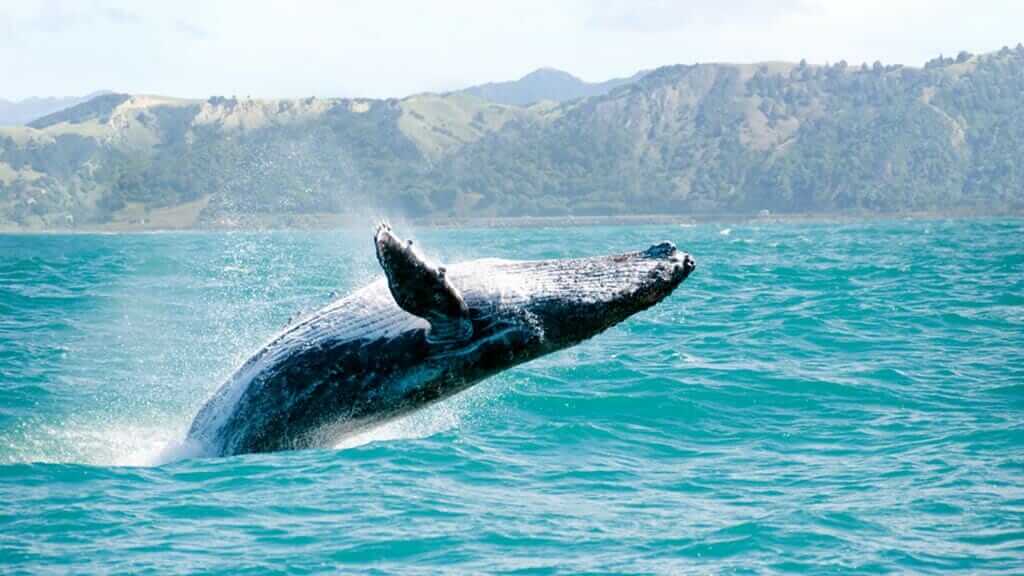When is the perfect time for that once-in-a-lifetime trip to the Galapagos Islands?
If your tolerance for humidity (or rainfall) is low, both are the lowest from May to December. From January to May, average temperatures are higher. Optimal water temps can be enjoyed around April, though wetsuits are widely available for rent.
However, since the principal reason to visit the Galapagos is its abundant wildlife, we took the time to make a nice blog about mating/migration seasons for the spectrum of species found on the Islands.
January
Giant tortoise eggs are hatching. The future is especially bright for these Galapagos giants since rats were practically eradicated from the Islands in a comprehensive poisoning program in 2012. Meanwhile, Green Sea turtles come onshore to begin laying their eggs — usually at night. This activity peaks in February and lasts until June.
February
Penguins migrate to the western sides of the Isabela and Fernandina islands. These breed throughout the year, whenever food is plentiful. The population of this species declines from thousands to mere hundreds following the recurrent El Niño weather phenomenon. Marine iguanas begin nesting on Santa Cruz Island, with eggs buried in sand or volcanic ash.
March
Frigate birds mate on San Cristobal Island after males inflate their bright red “gular” pouches. This distinctive display remains inflated during flight, which is often at a high altitude due to their large wingspans. Now is also the time when marine iguanas begin nesting on the shores of Fernandina Island. They love to bask in the midday sun, resting on hot volcanic rocks.
April
It’s now the turn of land iguanas to nest in sandy areas. Up to 25 eggs are laid in each burrow, which will take 3-4 months to hatch. To see the unique pink iguanas, head to Wolf Volcano at the top of Isabela Island. Waved albatrosses migrate to Española Island. You can’t miss them — they’re the largest breeding bird in the Galapagos, white with yellow beaks.
May
Waved albatrosses begin nesting. They waddle awkwardly on land, thanks to their short legs. They are usually entirely silent, except when competing for mates with whooping or bill-rattling/snapping. Meanwhile, blue-footed boobies begin mating, waving their distinctive feet in the air, or whistling/quacking as part of an entertaining courtship ritual.
June
Humpback whales start to migrate north through the Pacific Ocean, and can be seen passing the Galapagos Islands exhibiting a range of displays with their giant 3-meter fins and tails. Scuba divers can also enjoy the wondrous sight of immense whale sharks (actually sharks, not whales) filter-feeding via their wide mouths around the northern islands.
The best way to experience a variety of wildlife is on a Galapagos Cruise, usually lasting 4-8 days, but can be combined for up to 15 days to see the entire archipelago.

